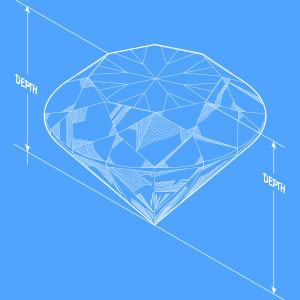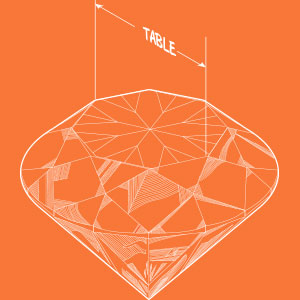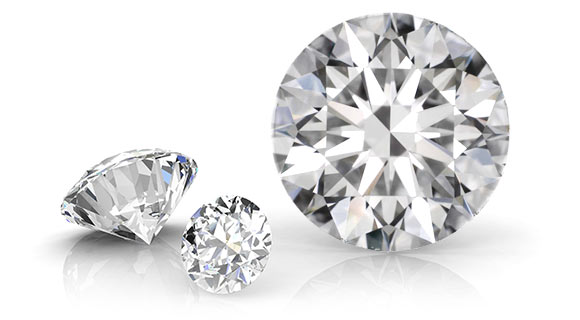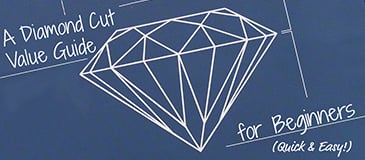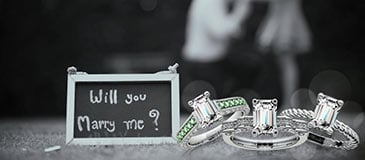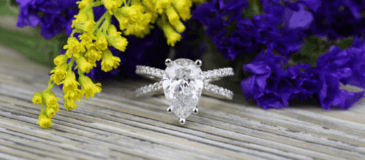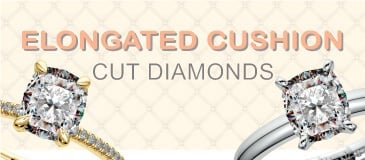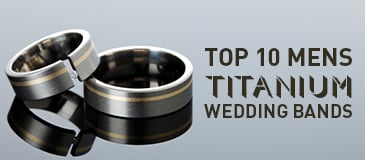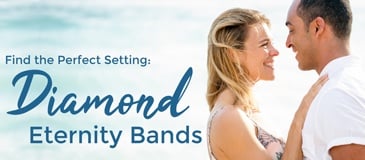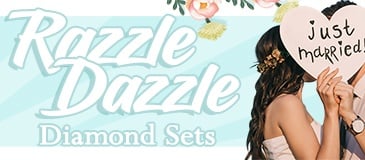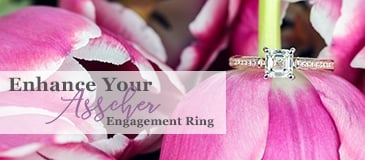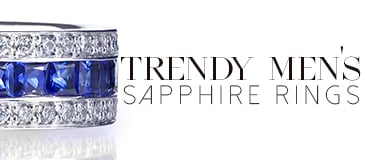Depth and Table: What are They?
As we mentioned before, there’s quite a bit that makes a round cut really special. Right now, we’re going to talk about the ideal depth and table for round diamonds. You may be wondering what a table has to do with diamond rings; in actuality, the table is the name for the largest facet of the diamond found on the very top surface, so called because it is flat like a table.
Tables are measured in percentages. Dividing the width of the table by the overall width of the diamond, you can find the table percentage. These percentages are helpful when you’re working with diamonds of various carat sizes, because you will be able to find the most ideal cut at any size. Essentially, anything between 50 and 69 percent is considered alright.
However, the most ideal table percentages are between 60 and 54 percent. At this proportion, the table is large enough to allow light to enter the stone at the correct angles to reflect and refract off the smaller facets below. Any larger or smaller and the light entering the stone doesn’t hit the ideal angles for maximum fire and brilliance.
Depth is an important feature, for both cut quality and for those of us looking to make a modest diamond appear a bit bigger. In its simplest sense, the depth is the distance from the table to the culet, or point, of the diamond. When discussing depth in terms of cut quality, it is described in percentages, like the table. To find the depth percentage, divide the diamond’s physical depth measurement by its width. Also, depth is deemed acceptable within a certain range, with any value between 56.5 and 65 percent considered good. However, the ideal depth is between 62.9 and 59.5 percent.
For those of us also looking to get the largest size out of a diamond, depth matters in terms of where the weight of the stone is located. The lower the depth, the larger the diamond will appear when viewed from above, as more of the weight is located in the crown, or top, of the diamond. Because of this, some people prefer to stay on the lower end of the ideal range, looking for depth percentages between 59 and 60 percent.
